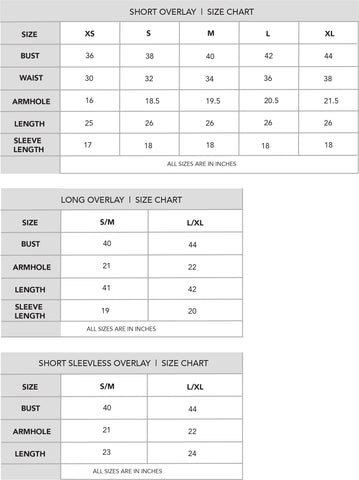When in Doubt, Do Indigo!!
Indigo !!!! such a beautiful colour. An all-weather, "suitable for all seasons”, wear to any occasion kind of colour. Regal, yet humble, versatile, diverse… I have yet to meet a person who doesn’t like the colour “INDIGO”. Personally, I have an absolute weakness for it. When I go shopping, I am just naturally drawn to it…could be a solid blue, printed or woven blue…doesn’t matter... If its indigo, I will spend time with it.

Indigo is to Karomi, what coffee beans are to a perfume seller. It clears the fog, calms the mind and allows for a better flow of ideas. This colour has the unique ability to translate into the softest of powder blues and blues as dark as night. There is no shade that does not work. A rich indigo stuns you with its suggestive leaning towards the aubergine. And a softer hue reminds you of rain laden sky. It’s difficult to estimate how dark an indigo shade can get. The colour deepens with every successive dip in the vat.
There are hundreds of varieties of indigo plant in this world. The plant -Indigofera tinctoria- is native to India. And although there are many terms for indigo – indigotin, indican, gara, neela…to name but a few… all plants contain indigo and refer to the same dye. “Neela”, meaning “blue” in Sanskrit, is a colloquial term for Indigo in the northern belt of India. Indigo blue is also associated with Krishna, the popular and fun-loving avatar of Vishnu.

Historically, the Indian subcontinent was a major producer of indigo. It enjoyed flourishing export trade for centuries. Under British colonialism, indigo became one of the greatest revenue earners for the empire. Indian farmers were forced to abandon their own crops in favour of indigo plantation. Bengal, in particular, suffered many famines brought on, in part, due to compulsory indigo cultivation.
Presently, indigo cultivation in India is a different story from its, both glorious and reprehensible, past. There are very few Indian farms dedicated to growing and extracting indigo. In Bengal, indigo plantation has, for all practical purposes, disappeared. A few design houses like Karomi, have begun the process of working with natural indigo.

To arrive at the mesmerising shades of blue from the unassuming green leaves of the indigo plant is a journey fraught with tensions. Indigo dye is first extracted from the green leaves of the indigo plant. The extracted dye matter is an insoluble substance. Through a molecular deconstruction in the vat (dye bath) the dye is first made soluble so that it can be soaked up by the yarn to be dyed. The soluble dye is invisible and colourless. It is only when the dyed yarn is exposed to oxygen in the air that the colour blue emerges.
And what a colour it is!!! The expert hands of a skilful dyer bring to life the beautiful, awe inspiring shades of indigo.

Writers, painters, musicians… all artists have muses. My muse is “Indigo”. … my go-to colour for all seasons. My maxim …when in doubt, do INDIGO. Never lets me down.






Leave a comment